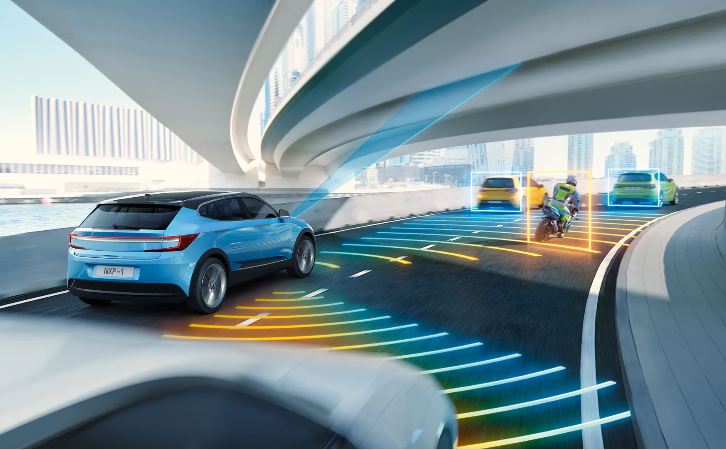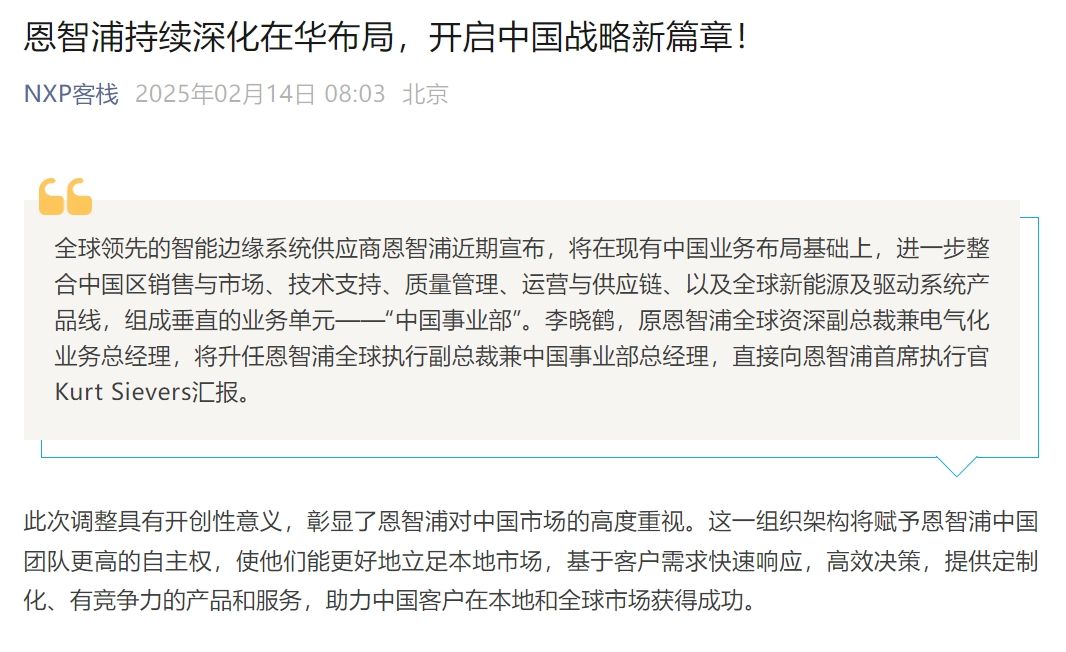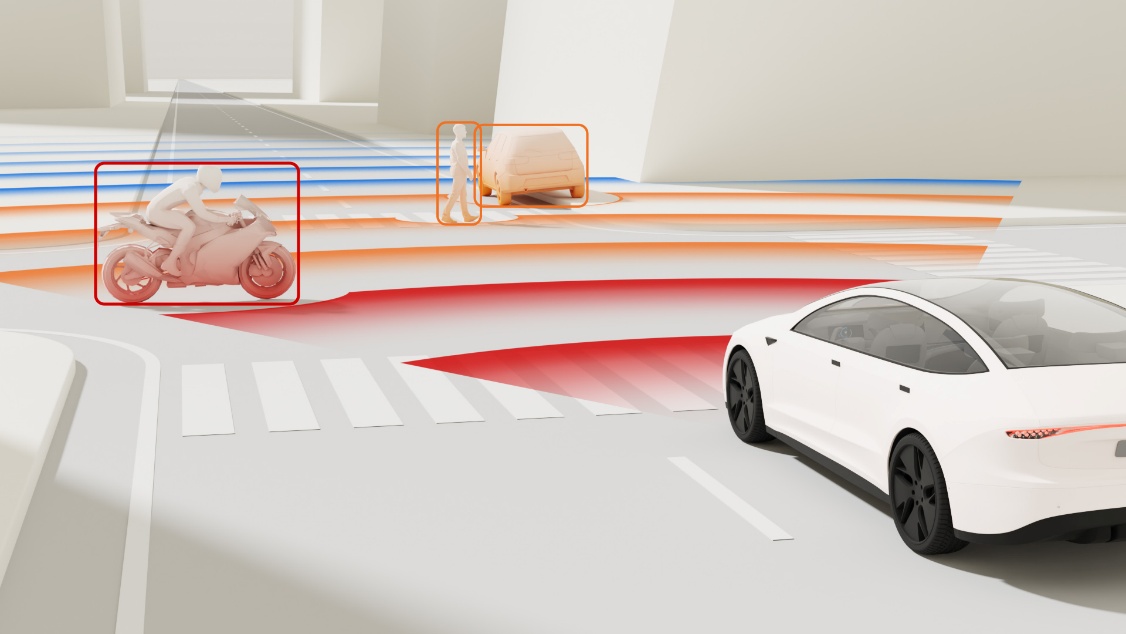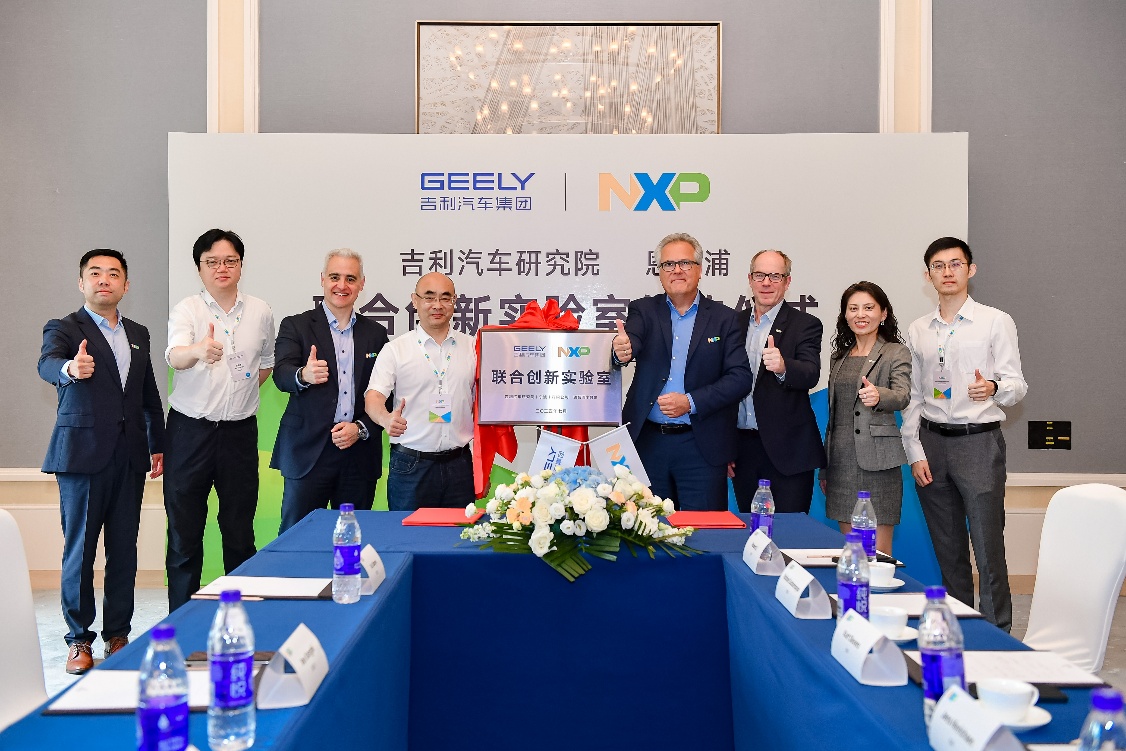In the rapidly changing landscape of the global automotive industry, the dual waves of digitalization and electrification are reshaping the sector at an unprecedented pace. China, as the world's largest automotive market, stands as a pillar amid this tide, leading the transformation of the global automotive industry with its substantial size and vibrant innovation. NXP, a semiconductor giant with nearly 40 years of experience in the Chinese market, has not only witnessed the rise of China's automotive industry but has also been deeply involved, becoming a significant force in advancing automotive electronic technologies in China. Positioned at a critical juncture of industrial transformation, NXP continues to enhance its efforts in the Chinese market.
According to NXP's latest data, the company has over 6,000 employees in China, with offices in 14 cities and 6 R&D centers housing more than 1,600 engineers. This extensive infrastructure enables NXP to deeply understand the Chinese market, swiftly capture customer needs, and leverage its strong local R&D capabilities to design and develop products tailored for both Chinese and global customers. NXP’s local engineering teams have already defined, designed, and developed 200 products for clients.
"For NXP, China is a crucial market, and we are confident about our future and position within it," said Li Xiaohai, Executive Vice President and General Manager of NXP's China Division, during a recent ‘Automotive Leadership Media Open Day’ event. Earlier this year, NXP established a new business line called the 'China Division' to double down on its commitments to the Chinese market. Li noted that the China Division aims to define, execute, and maximize NXP's 'For China in China' and 'For China for Global' strategies, propelling business growth and enabling rapid decision-making.
The China Division will integrate NXP's global resources and innovation leadership with 'China Speed,' employing agility and entrepreneurial thinking to support the evolving needs of Chinese customers. Specific initiatives include providing products defined, designed, and manufactured in China to meet domestic demands; establishing a local supply chain through partnerships; offering end-to-end local services and technical support; and fostering emerging ecosystems through innovative collaboration models.
Jens Hinrichsen, NXP's Executive Vice President and General Manager of Analog and Automotive Embedded Systems, emphasized in interviews that NXP possesses global expertise and knowledge, which will be harnessed alongside the rapid development, agility, and innovation environment in China. Despite being headquartered in Europe, NXP boasts a large engineering and sales team in China, with local culture embedded in its operations. With the establishment of the China Division, NXP aims to empower its local team to innovate swiftly and effectively like a local company.
On the technology innovation front, Hinrichsen pointed out that the Chinese market is characterized by rapid innovation, fast development cycles, aggressive market entry speeds, and a focus on cost-effectiveness. However, it also faces challenges such as the integration of artificial intelligence, increasing demands for safety and security, and scalability requirements. Long-term success depends on true innovation and differentiated brand value. As new technologies like AI emerge, OEMs must balance the speed of adopting new technologies with maintaining platform stability, while ensuring cost-effectiveness and innovation-driven approaches.
NXP offers a range of solutions addressing these challenges, including advanced technologies such as the newly launched S32R47 imaging radar processor, which utilizes 16nm FinFET technology to efficiently process multiple antenna channels in real-time. This processor provides enhanced radar resolution, sensitivity, and dynamic range to meet the demands of rigorous autonomous driving applications, while also adhering to strict power consumption and system cost targets set by automakers.
Additionally, in July, NXP launched the new 18-channel lithium battery cell controller BMx7318/7518 series IC products, designed for electric vehicle high-voltage battery management systems (HVBMS), industrial energy storage systems (ESS), and 48V battery management systems. This series, developed in response to Chinese customer needs, is expected to start shipping in November 2025. NXP's solutions also encompass edge AI, offering the eIQ® toolkit for optimizing AI models for edge constraints, and the S32 processing platform for high-efficiency real-time processing.
In light of the trend towards software-defined vehicles, NXP has introduced platform solutions like the S32 CoreRide open platform, designed to meet the demands of software-defined vehicles. This central computing platform offers scalable combinations for safety, real-time, and application processing, empowering the development of software-defined vehicles. The S32 CoreRide platform integrates NXP's mature technologies in computing, networking, and power management with immediately deployable software from a broad ecosystem of software partners, providing an integrated hardware-software solution to significantly reduce development costs and timelines.
Overall, NXP's deep cooperation with local enterprises is a key factor in its success in the Chinese market. Recently, NXP announced several collaborations with various automotive companies. On July 3, NXP established a joint innovation lab with Geely Automobile Research Institute to collaborate on automotive electronic architecture, new energy, body access, and in-vehicle networking, marking a new phase in their strategic partnership. The lab will combine Geely's diverse needs with NXP's leading product offerings and comprehensive service support.
On July 2, NXP announced a deepened collaboration with Great Wall Motors, focusing on electrification and next-generation electronic architectures to enhance Great Wall's smart technology. Both companies have established a joint innovation lab to co-develop and define next-generation electronic architectures, including ADAS and in-vehicle networking. NXP will explore advanced BMS technologies tailored to Great Wall's technical requirements.
NXP also renewed its joint innovation center cooperation agreement with Deep Blue Automotive, focusing on vehicle power control systems, particularly in battery management, inverters, and 'multi-in-one' power domains. This renewal signifies a new phase in their collaboration to enhance system intelligence and energy efficiency.
Moreover, NXP's S32K388 chip is now part of Leap Motor's new LEAP 3.5 central integrated electronic architecture, reflecting a significant upgrade in domain control integration. NXP has been collaborating with Leap Motor since the development of its first model, the S01, and this new architecture aims for seamless integration and high responsiveness in central domain control systems.
Through a series of deep collaborations with local enterprises, NXP is continuously exploring innovations in automotive electronic architectures, new energy, and intelligence, fostering cutting-edge solutions and products that facilitate automotive technology upgrades and smart advancements.
NXP Strengthens Position in China's Automotive Market with New Strategies

Images



Share this post on: